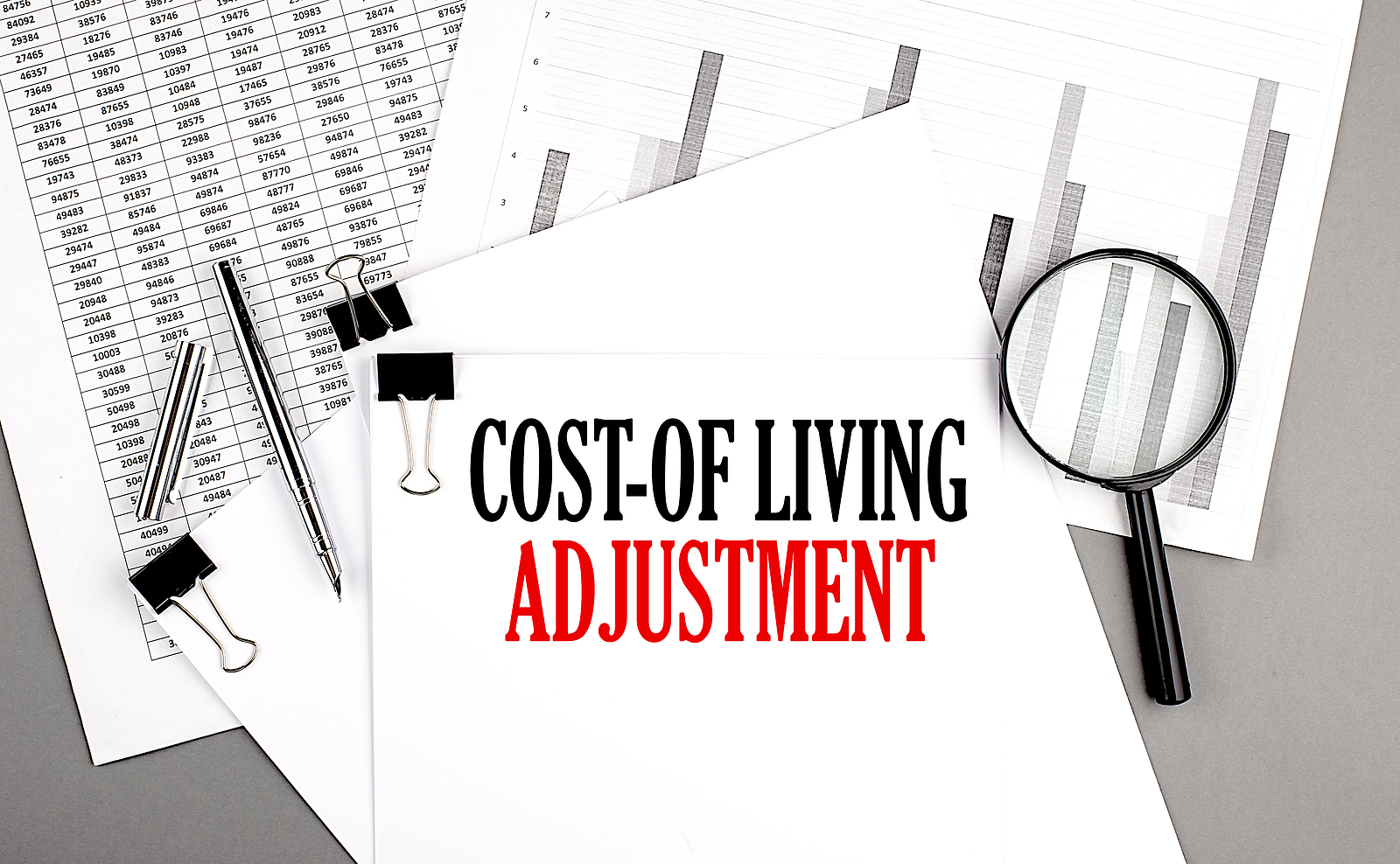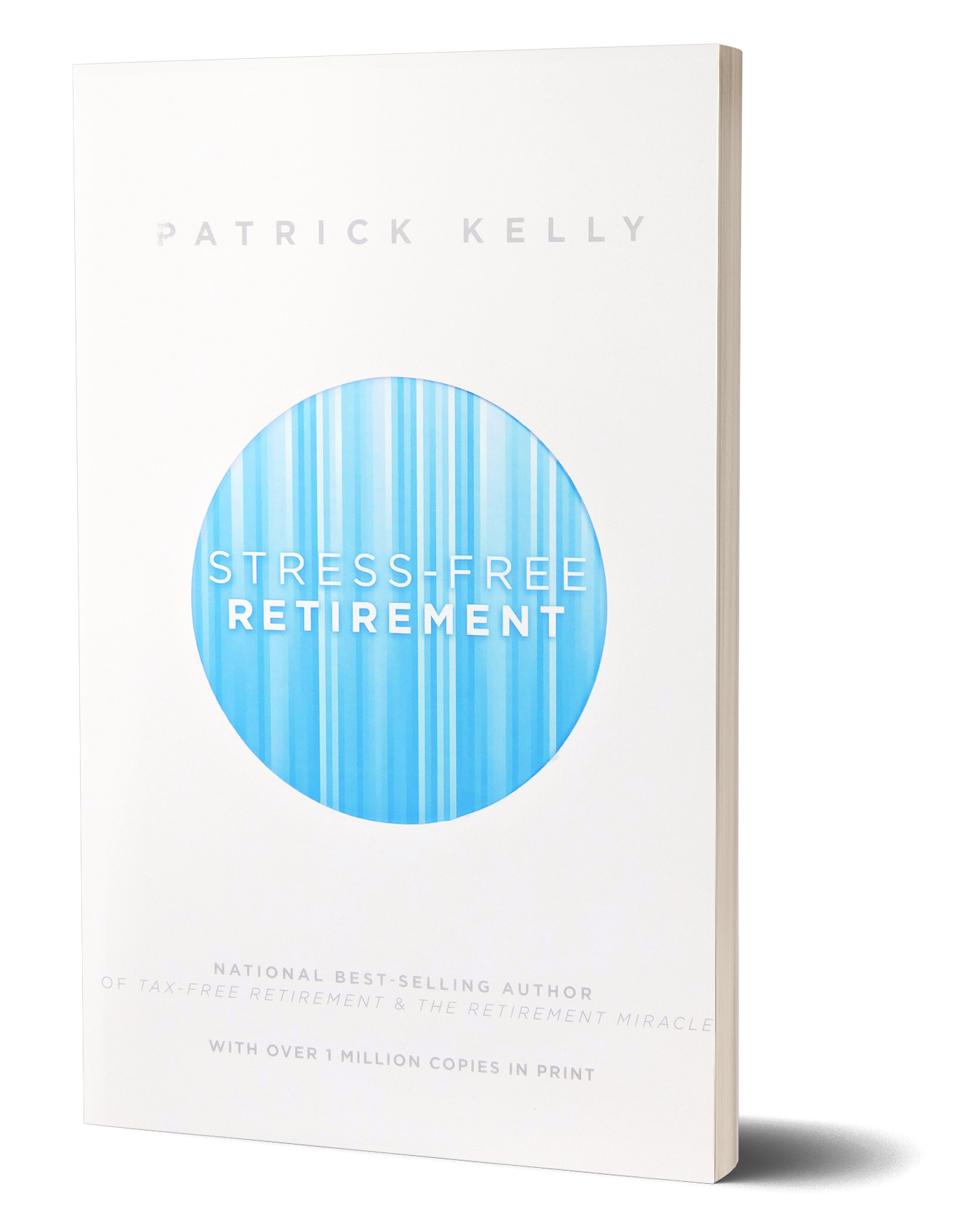Some people view financial confidence and building wealth as mere luck, but there is more to it than just being lucky. Building wealth doesn’t happen overnight or by chance, and there are no secrets or shortcuts to building wealth.
Wealth isn’t bought or instantaneous unless you ‘get lucky’ and win the lottery; however, the odds of winning may not be in your favor. Building wealth and financial confidence takes time and may happen with these time-tested, comprehensive actions:
- Planning- financial planning, budgeting
- Consistency- regular contributions
- Strategy(ies)- investments such as a 401(k), Roth IRA, Annuity, and other investments suitable for you.
- Actions- trading, rebalancing, and other actions
- Monitoring- watching the progress and revising investment strategies or your plan when appropriate.
In addition to the above actions, these four traits may help you work toward financial confidence:
Self-Discipline
Self-discipline is the ability to control one’s thoughts and actions and pursue what one thinks is right, despite temptations. People that practice self-discipline can deter gratification; for example, they consistently save a portion of their income versus spending it all. Their gratification will come when they have saved for a goal, for example, retirement, and can retire with financial confidence versus having to work the rest of their lives.
Focus
Focus is the ability to concentrate on something, regardless of distractions. For example, focus on your goal of building wealth, one step at a time, by consistently investing each month.
Risk Management
Risk management identifies, evaluates, and prioritizes risks that can hinder pursuing of your goals. Evaluating risk is essential to identifying investment strategies that align with your risk tolerance, goals, and financial situation.
Expertise
Expertise is knowledge in areas such as investing, accounting, or taxes. However, expertise doesn’t mean one is an expert but is open to professional advice from others specializing in specific areas—for example, financial professionals, tax professionals, advisors, or business advisors. People with the expertise trait seek education from books, seminars, or others and value learning.
Building wealth and financial confidence can take decades to establish. But with appropriate planning, short-term and long-term goals, strategy, and execution, you’re on your way toward your goal. Good luck!
SWG 2726910-0223d The sources used to prepare this material are believed to be true, accurate and reliable, but are not guaranteed. This information is provided as general information and is not intended to be specific financial or tax guidance. When you access a link you are leaving our website and assume total responsibility for your use of the website you are linking to. We make no representation as to the completeness or accuracy of information provided at this website. Nor is the company liable for any direct or indirect technical or system issues or any consequences arising out of your access to or your use of third-party technologies, websites, information and programs made available through this website.
In addition, M3 Wealth specializes in providing strategies and guidance for those who are seeking a better lifestyle in retirement. If you have retirement savings of five million dollars or $50,000, we can ensure it works as hard. As a result, we offer our experience and knowledge to help you design a custom strategy for financial independence. Contact us today to schedule an introductory meeting!
























